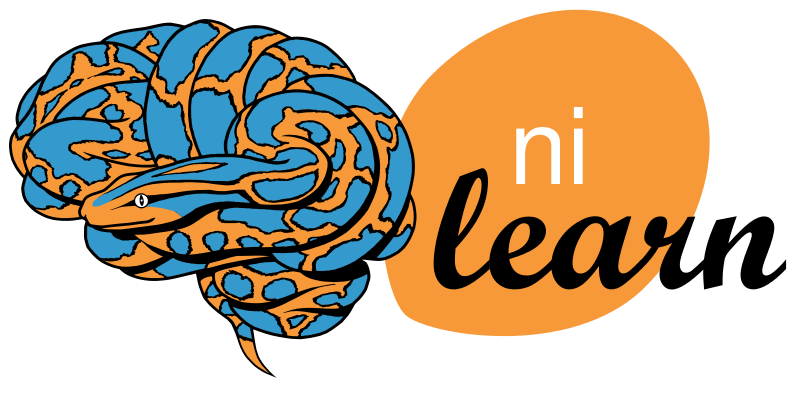Group analysis of resting-state fMRI with ICA: CanICA¶
An example applying CanICA to resting-state data. This example applies it to 40 subjects of the ADHD200 datasets.
CanICA is an ICA method for group-level analysis of fMRI data. Compared to other strategies, it brings a well-controlled group model, as well as a thresholding algorithm controlling for specificity and sensitivity with an explicit model of the signal. The reference papers are:
- G. Varoquaux et al. “A group model for stable multi-subject ICA on fMRI datasets”, NeuroImage Vol 51 (2010), p. 288-299
- G. Varoquaux et al. “ICA-based sparse features recovery from fMRI datasets”, IEEE ISBI 2010, p. 1177
Pre-prints for both papers are available on hal (http://hal.archives-ouvertes.fr)
Python source code: plot_canica_resting_state.py
### Load ADHD rest dataset ####################################################
from nilearn import datasets
adhd_dataset = datasets.fetch_adhd()
func_filenames = adhd_dataset.func # list of 4D nifti files for each subject
# print basic information on the dataset
print('First functional nifti image (4D) is at: %s' %
adhd_dataset.func[0]) # 4D data
### Apply CanICA ##############################################################
from nilearn.decomposition.canica import CanICA
n_components = 20
canica = CanICA(n_components=n_components, smoothing_fwhm=6.,
memory="nilearn_cache", memory_level=5,
threshold=3., verbose=10, random_state=0)
canica.fit(func_filenames)
# Retrieve the independent components in brain space
components_img = canica.masker_.inverse_transform(canica.components_)
# components_img is a Nifti Image object, and can be saved to a file with
# the following line:
components_img.to_filename('canica_resting_state.nii.gz')
### Visualize the results #####################################################
# Show some interesting components
import matplotlib.pyplot as plt
from nilearn.plotting import plot_stat_map
from nilearn.image import iter_img
for i, cur_img in enumerate(iter_img(components_img)):
plot_stat_map(cur_img, display_mode="z", title="IC %d" % i, cut_coords=1,
colorbar=False)
plt.show()
Total running time of the example: 0.00 seconds ( 0 minutes 0.00 seconds)
